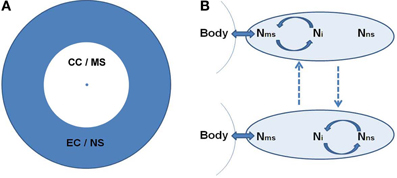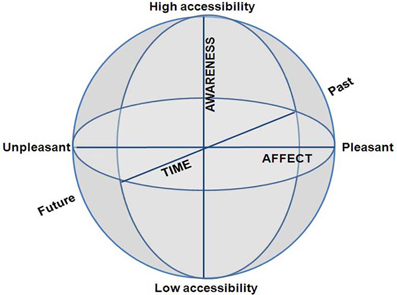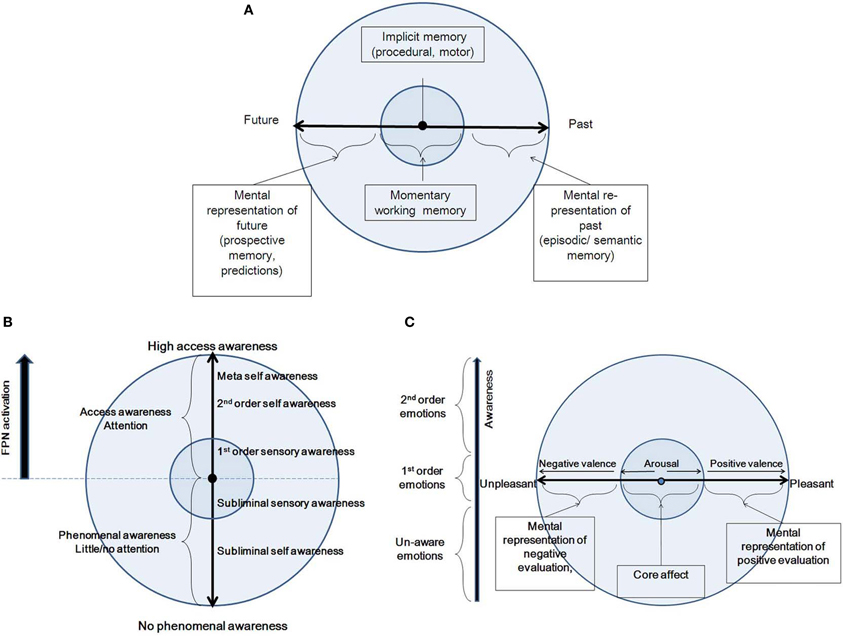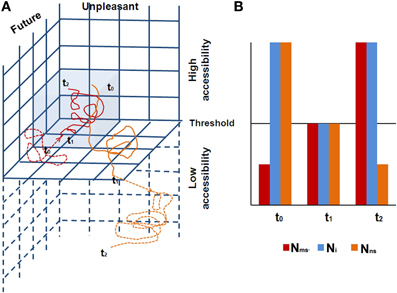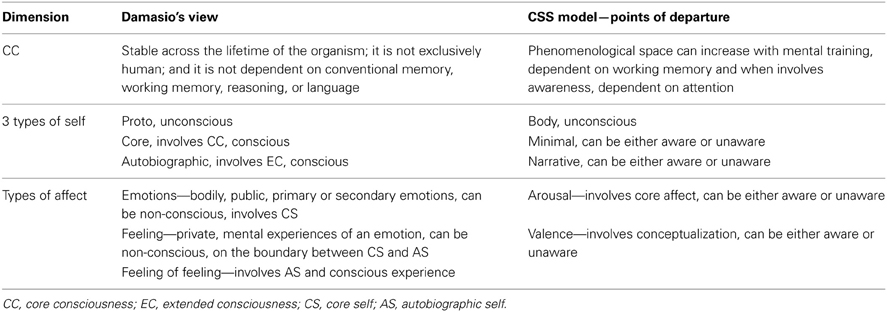
I'm not very fond of calling people psychopaths (unless they are), but if this piece is even remotely accurate, Paul Ryan has earned such a label, at least as far as popular culture is concerned. Clinically, he is probably more of narcissist who is not capable of compassion (although it is impossible to diagnose anyone without intensive interviews). His behavior is too controlled and orchestrated for many forms of psychopathy.
Otto Kernberg, the renowned psychoanalyst who specializes in personalities disorders, believes psychopathy should be considered as part of a spectrum of pathological narcissism that would range from narcissistic personality on the low end, malignant narcissism in the middle, and psychopathy at the high end [1].
There is also the possibility he is the sociopath next door - Robert Hare contends that
the term sociopathy is preferred by those that see the causes as due to social factors and early environment, and the term psychopathy preferred by those who believe that there are psychological, biological, and genetic factors involved in addition to environmental factors.[69] Hare also suggests another possible distinction: he defines psychopathy as not having a sense of empathy or morality, but sociopathy as only differing in sense of right and wrong from the average person.[131][132]Ryan's "Path to Prosperity" involves taking away assistance programs from poor starving Americans, including Pell Grants for low-income college students (69% of his budget cuts come from social safety net programs):
$137 billion from food stamps, 24 percent or $732 billion from Medicaid, and $125 billion from Pell Grants, among others — while giving millionaires an average tax cut of at least $200,000.He probably is not a psychopath, but he is heartless and soulless - hell, I'd almost bet he does not show up in mirrors and needs a "special" amulet to go out in daylight.
This piece comes from Salon.
[1] Kernberg, O.F. (2004). Aggressivity, Narcissism, and Self-Destructiveness in the Psychotherapeutic Relationship: New Developments in the Psychopathology and Psychotherapy of Severe Personality Disorders. New Haven, CT: Yale University Press.
Diagnosing Paul Ryan’s psychopathy: Arrogant, manipulative, deceitful, remorseless
Paul Krugman revealed Ryan's big con years ago. It's gotten worse. Why does anyone take him seriously on policy?
Paul Rosenberg | Saturday, May 3, 2014
Paul Ryan (Credit: AP/Jacquelyn Martin)
If the GOP as a whole has pretty much given up on the whole “rebranding” thing, their 2012 vice presidential nominee, Congressman Paul Ryan, most definitely has not. In fact, rebranding is pretty much his thing, regardless of how credible — or incredible, actually — his efforts may be.
For years, Ryan touted himself as an avid Ayn Rand disciple, until he didn’t in early 2012, even calling it “an urban legend” that he had anything serious to do with Rand at all. He then tried to present the latest iteration of his draconian soak-the-poor/shower the rich budget proposal as grounded in Catholic social teaching, rather than Rand’s fiercely anti-Christian philosophy, a claim that the conservative U.S. Conference of Catholic Bishops soundly rejected, writing that his proposed budget failed to meet certain “moral criteria” by disproportionately cutting programs that “serve poor and vulnerable people.”
Now, seeking to put all memory of the “47 percent” campaign behind him, Ryan’s trying to take that reinvention to a whole new level. He’s still touting a budget that dramatically slashes spending on programs that benefit Americans of limited means — 69 percent of all cuts — including $137 billion from food stamps, 24 percent or $732 billion from Medicaid, and $125 billion from Pell Grants, among others — while giving millionaires an average tax cut of at least $200,000. Yet, at the same time, Ryan is trying to reinvent himself as someone who’s serious about fighting poverty, only from a conservative perspective.
Setting the massive contradictions aside for the moment, it’s not an absurd idea in theory. The modern European welfare state was actually invented by conservatives, beginning in Germany, under the first post-unification chancellor, Otto von Bismarck. But this happened in the face of a powerful socialist movement, amidst tremendous dislocations, as well as international pressures that gave German elites powerful reasons to want to make life in Germany much more tolerable for the German people as a whole. In short, when the real-world political incentives are there, history shows that conservatives really can find effective ways to help fight poverty. The only problem is, the solutions they come up are the very thing that cause conservatives today, like Ryan and his Tea Party brethren, to foam at the mouth, and call “socialism!”
And so he came up with his 204-page report, The War on Poverty: 50 Years Later, a con job, as Paul Krugman called it, but that was hardly a surprise. Con jobs are a Ryan’s specialty, More on that later.
What was a surprise, at least to some, was the utter clumsiness of how Ryan’s new focus on poverty got him into trouble on race. He went onto Bill Bennett’s radio show and channelled Newt Gingrich from the 2012 primaries:
We have got this tailspin of culture, in our inner cities in particular, of men not working and just generations of men not even thinking about working or learning the value and the culture of work, and so there is a real culture problem here that has to be dealt with.Ryan also cited Charles Murray, white nationalist author of The Bell Curve. While many people took him to be speaking in racial code, it was arguably even worse if he was not, as Brian Beutler pointed out:
But if Ryan genuinely stumbled heedless into a racial tinderbox then it suggests he, and most likely many other conservatives, has fully internalized a framing of social politics that was deliberately crafted to appeal to white racists without regressing to the uncouth language of explicit racism, and written its origins out of the history.Of course, something like this has actually happened repeatedly throughout the history of white supremacy in America: True origins are constantly being erased, nefarious intentions hidden, unspeakable injustices naturalized. But what I find fascinating about Ryan is how self-assuredly he switches from all-knowing to naif, without for a moment even thinking this might tarnish his moral authority in any way. He later said his comments had “nothing to do” with race, and the next day issued a statement saying, “After reading the transcript of yesterday morning’s interview, it is clear that I was inarticulate about the point I was trying to make.” There was no sense of moral responsibility at all, no sense that he owed anyone an apology. (This is all quite typical of a psychopathic personality — as will be touched on below.) But he did have to do something, from a political point of view.
And so he met with members of the Congressional Black Caucus this Wednesday, in order to try to pretend to have a dialogue on poverty. It was not very much of a success. “We didn’t get a whole lot accomplished,” CBC chair Marcia Fudge said to the press afterward, but Ryan found it easy to pretend otherwise. “What is good out of this is that we need to talk about better ideas on getting at the root cause of poverty, to try and break the cycle of poverty.” Ryan also spoke about the need to “improve the tone” in the conversation about poverty — something that he himself might have thought about earlier, no?
Five Things Ryan Could Do If He’s Really Sincere
Regardless, if Ryan really is sincere now — and perhaps a little aware that he’s got something to learn? — I have a few easy suggestions on what he can do, both to “improve the tone” and to help lay the foundations for finding common ground based on actual facts. Here are five main points:
1. Stop bad-mouthing the pope. You can’t bad-mouth the pope, on the one hand — saying he doesn’t know what he’s talking about — and then turn around and pretend your thinking is based on Catholic social teaching on the other, especially since there’s a long history of official Catholic social teachings to the contrary.
2. Stop bad-mouthing and disrespecting the poor. People are poor for many different reasons — and for just one: they don’t have enough money. For this reason, the vast majority of people who experience poverty are not poor forever. Indeed, according to a 2009 paper by Markus Jäntti, Research Director of the Luxembourg Income Study, the foremost center for international income and poverty studies, “only about 2 percent of all Americans were poor in every month in the four years from 1996 through 1999;” however, “over the [same] four-year period, 34.2 percent experienced at least two months of poverty-level income.” What’s more, other figures from this same time frame show that a majority of Americans (51.4 percent) experience poverty at some point before age 65. So when you bad-mouth the poor, you’re bad mouthing most Americans, at some point or another.
And when you refuse to allow poor people to testify at a hearing you call allegedly to find out what would work to fight poverty — you are disrespecting the poor. This is particularly heinous, given that you’re trying to make the argument that government disrespects them by giving them assistance, and that you are respecting them by taking it away,
3. Stop looking for guidance from racists, and stop hanging out with crazy people. The guidance from racists refers to Charles Murray, already cited above, along with some of the sources Murray used. But in addition, a rather adulatory piece in the Washington Post last Nov. 18 (“Paul Ryan, GOP’s budget architect, sets his sights on fighting poverty and winning minds”), included this little tidbit about the sort of people whose advice Ryan was soliciting: In Southeast Washington, Ryan met Bishop Shirley Holloway, who gave up a comfortable career in the U.S. Postal Service to minister to drug addicts, ex-offenders, the homeless — people for whom government benefits can serve only to hasten their downfall, Holloway said. “Paul wants people to dream again,” Holloway said of Ryan. “You don’t dream when you’ve got food stamps.”
That’s crazy talk, pure and simple. Olympian speed skater Emily Scott was on food stamps. She didn’t stop dreaming. Food stamps helped her keep her dreams alive. Former Congresswoman Lynn Woolsey was on welfare and food stamps, along with her three children, long before serving in Congress. She didn’t stop dreaming, either. And Harry Potter author J.K. Rowling was not only on the dole — as they call it in Britain — with her newborn daughter, she wrote her first Harry Potter stories while on the dole. Welfare didn’t just help her keep her dreams alive — it helped keep alive the dreams of millions upon millions of young fans all around the world.
Crazy talk, Mr. Ryan. Lose the crazy talk. And lose the racists, too.
4. Stop ignoring — or worse yet, misrepresenting — what expert poverty researchers have found. That’s what Ryan did in putting together his report, The War on Poverty: 50 Years Later, according to reporting by Rob Garver at The Fiscal Times (“Economists Say Paul Ryan Misrepresented Their Research”).
One example was Columbia University professor Jane Waldfogel, who “said she was surprised” to find that Ryan’s report “seemed to arbitrarily chop off data from two of the most successful years of the war on poverty” which she had analyzed and reported on. Using a new poverty measure designed to reflect actual resources available to households, her team found that “the poverty rate fell from 26 percent in 1967 to 15 percent in 2012. Ryan only cites data from 1969 onward, ignoring a full 36 percent of the decline.”
Stop manipulating the data, Mr. Ryan. You can unskew polls all you want at home. But not on your day job. Not when the American people are paying you to do honest work.
5. Stop ignoring the rest of the world. Their examples can tell us a tremendous amount about what works to reduce poverty. All your talk about the failed American welfare state is premised on the ludicrous notion that things would be just about perfect if we didn’t spend money on low-income Americans. But there’s no real-world data to base this claim on. There is real-world data on what much more robust welfare states can do — and what they do, systematically, is dramatically reduce poverty, to much lower levels than we have in the U.S.
The Luxembourg Income Study (now LIS Datacenter) is a prime repository of such information, the subject of hundreds of working papers over the years. I collected charts and data from several such working papers in a 2009 blog post at Open Left, clearly showing that America’s welfare state is the smallest of all the countries studied (except for the inclusion of Mexico in one study), and its poverty rate is the highest. In one comparison of eight countries, America’s welfare state reduced poverty by 28.3 percent, compared to an average reduction of 61.8 percent. The second least effective welfare state was Canada, which reduced poverty by 52 percent.
You don’t have to talk to crazy people who think that J.K. Rowling didn’t dream. You can get your answers from real-world data — decades and decades of it.
But Don’t Hold Your Breath
These are all fairly simple, straightforward pieces of advice. If Paul Ryan were sincere, I’d expect him to take this advice. But I don’t expect that.
Why? Because, Ryan’s already had years and years to take such advice to heart, and he’s shown absolutely no interest in doing it. And why is that? Simple: because Paul Ryan isn’t a serious policy person; as Paul Krugman first pointed out in August 2010, he’s a “Flim-flam man” using numbers to deceive — along with anything else he can get his hands on.
A flim-flam artist is a specific kind of con-man, and a con-man, in turn, is often enough a specific kind of psychopath. Although it’s impossible to clinically diagnose someone from a distance, I believe a good case can be made that Ryan has exhibited classic signs of psychopathic traits, especially in two closely related dimensions, the interpersonal dimension: glibness/superficial charm (just look at how the Beltway press falls for him), grandiose sense of self-worth (it never bothers Ryan however wrong he may be about anything), cunning/manipulative (see how effortlessly he got a positive-looking photo-op with the Congressional Black Caucus, without giving up a single thing), and pathological lying (calling his decades-long devotion to Ayn Rand “an urban legend”), as well as the affective dimension: lack of remorse or guilt, and failure to accept responsibility for own actions (failure to apologize for his racist remarks about “inner-city culture,” brushing it off as merely being “inarticulate”), emotionally shallow and callous/lack of empathy (his draconian budget cuts, which would take us back to Dickensian England).
Simply listing those examples is not a proper argument, of course. Doing that would take a much longer and more ambitious effort. But it is an indication that such an argument could be made — and that people really should stop simply assuming that Ryan will act like a normal non-psychopathic person does. At the very least, we should keep an open mind — maybe he’ll act like a psychopath, maybe he won’t. Let’s watch closely, and see how things turn out.
However, there are two more reasons to suspect Ryan of being psychopathic. The first is his long-term devotion to Ayn Rand, the second his totally unconvincing split from her — and other similarly unconvincing acts of reinvention he’s performed from time to time.
Ryan’s devotion to Rand is problematic because, as conservative crime novelist Michael Prescott explained, Rand herself modeled the protagonist of her first novel, Danny Renahan, on a notorious serial killer, William Edward Hickman, the most despicable sort of psychopath there is. It was her first-draft portrayal of her ideal man, and in a journal entry she wrote:
“[Renahan] is born with a wonderful, free, light consciousness — [resulting from] the absolute lack of social instinct or herd feeling. He does not understand, because he has no organ for understanding, the necessity, meaning, or importance of other people … Other people do not exist for him and he does not understand why they should.”This is the psychopathic model of “individualism” as Rand imagined it, which in turn inspired Ryan’s entry into politics in the first place, as he himself once said: “But the reason I got involved in public service, by and large, if I had to credit one thinker, one person, it would be Ayn Rand.” Not only is it deeply depraved, it’s the polar opposite of the altruistic empathy for others that Christ embodies, which is why Rand was so vehemently anti-Christian. And yet, Ryan saw no problem at all using Rand and Christ interchangeably as justifiers of his philosophy, or, alternatively, no problem in reinventing himself as an anti-Randian, without changing anything in his governing philosophy.
This sort of glib indifference, this facile reinvention of the self in a profoundly different form, is itself another characteristic of the psychopathic personality. Which is, again, the second reason to suspect Ryan of being psychopathic. High-functioning psychopaths have been known to invent full-blown personas for themselves on the spot, only to drop them and adopt another when it suits them. And when challenged for their inconsistency, they have no trouble simply denying everything outright — you’re the one who’s crazy, they’ll helpfully explain.
Think of Ryan alternately trying to identify himself with Pope Francis, on the one hand, and then criticizing him as ignorant on the other. How does he hold these two contradictory positions at the same time? How do you own two suits? The person that a psychopath pretends to be is no more real or deep than a suit of clothes. I’m not saying I’ve got proof positive that Ryan is a psychopath. But I am saying that it would explain a lot, and make him easier to make sense of. Shouldn’t we at least consider the possibility?
Paul Rosenberg is a California-based writer/activist, senior editor for Random Lengths News, and a columnist for Al Jazeera English. Follow him on Twitter at @PaulHRosenberg. More Paul Rosenberg.









